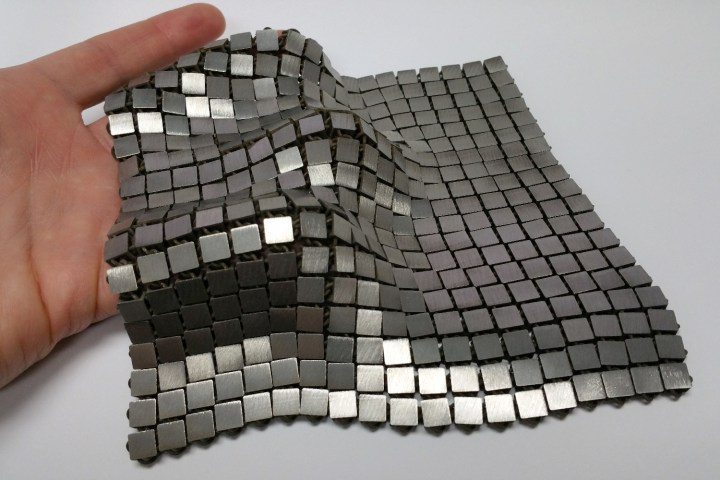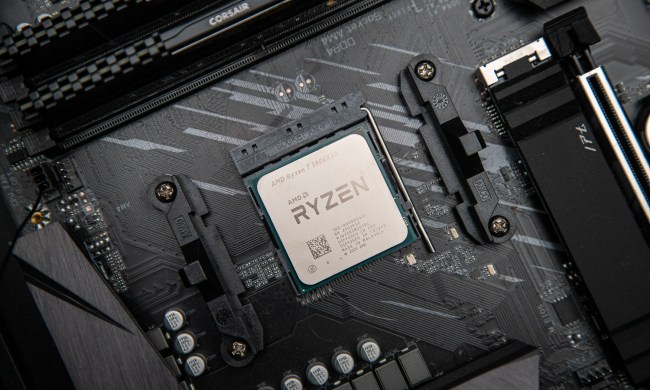
“We call it ‘4-D printing’ because we can print both the geometry and the function of these materials,” Raul Polit-Casillas, a systems engineer at NASA’s Jet Propulsion Laboratory in Pasadena, California, who helped lead the research team, said in a press release. “If 20th-century manufacturing was driven by mass production, then this is the mass production of functions.”
One side of the new space material is designed to reflect light, while the other side absorbs it — thereby allowing it to function as a thermal control for passive heat management. It can also fold in many different ways, and adapt to different shapes. Most exciting of all, however, is the fact that NASA is working to “program” in new abilities all the time.
“I can program new functions into the material I’m printing,” Casillas said. “That also reduces the amount of time spent on integration and testing. You can print, test, and destroy material as many times as you want.”
Because of its versatility, NASA thinks its new wonder material could be used for future space suits for astronauts, for large antennas and other deployable devices, for capturing objects on the surface of other planets, or for insulating future spacecraft. One interesting use case involves using it to fold over uneven terrain on something like Jupiter’s icy moon Europa, so that it could form “‘feet’ that won’t melt the ice” beneath astronauts.
Another big requirement being taken into consideration is the ability to not only have materials that can be 3D printed as and when needed, but also ones which can be broken down and reused when no longer required.
We’re still a way off from this particular material being used in space, but it’s certainly fascinating to see how seriously NASA is taking the additive manufacturing revolution.
Plus, we’d be lying if we said that the thought of future chainmail-wearing space knights doesn’t fill us with excitement!


